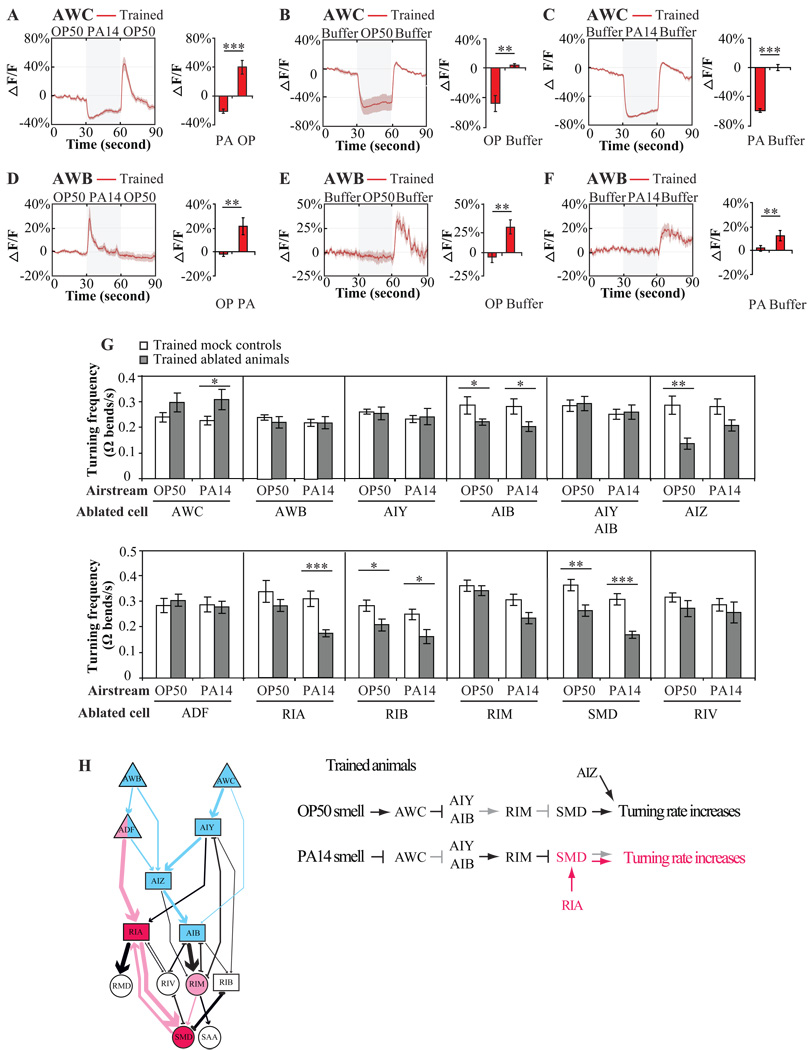Figure 6. Modulations to signal transduction downstream of sensory neurons generate the learned preference.
A–F, G-CaMP calcium response of AWCON (A–C) and AWB (D–F) neurons in trained animals when stimuli alternated between OP50-condtioined medium and PA14-conditioned medium in the order of OP50-PA14-OP50 (A, D), or when stimuli alternated between buffer and OP50-condtioined medium (B, E), or between buffer and PA14-condtioined medium (C, F). The red traces indicate the average percentage changes in G-CaMP intensity and the grey areas around the traces indicate SEM. In A–F, the calcium signals within 3 second window immediately before the switch of the stimuli and the calcium signals within 3 second window that begins 1.5 second after the switch were quantified. Values were compared using a paired two-tailed Student’s t-test (*** P < 0.001, ** P < 0.01, n ≥ 5 animals). Compared to the calcium response in naïve animals (Figure 5A–F), training had no effect under each condition. G, Effects of neuronal ablations on the turning rates exhibited by trained animals when stimuli alternated between the smell of OP50 and PA14. The turning rates of ablated animals were compared with that of matched mock animals with two tailed Student’s t-test (Data are presented as mean +/− SEM. *** P < 0.001, ** P < 0.01, * P < 0.05, n ≥ 6 assays, error bars: SEM). H, In trained animals, RIA interneurons and SMD motor neurons regulate the turning rate towards the smell of PA14 to generate the trained preference. The AWB-AWC sensorimotor circuit is highlighted in blue and the ADF modulatory circuit is highlighted in pink. Please also see Supplemental Figure 4.

